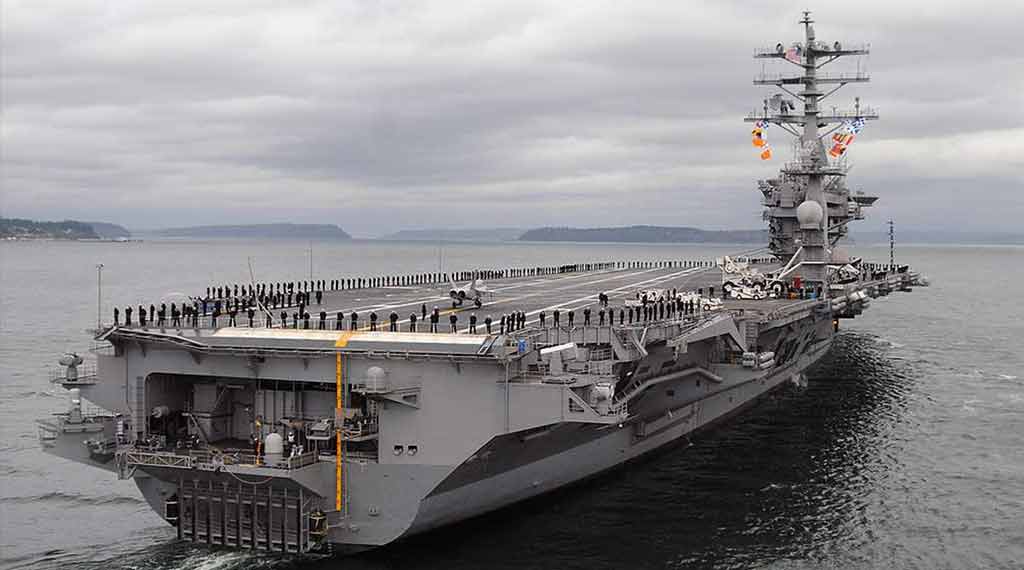The US Navy’s Nimitz-class aircraft carrier is the best ever

The U.S. Navy’s Nimitz-class aircraft carriers, named after WWII Admiral Chester W. Nimitz, have been pivotal to U.S. sea power for nearly five decades.
-These nuclear-powered ships, equipped with advanced technologies and capabilities, are being extended beyond their expected service lives as the Navy awaits the next-generation Ford-class carriers.
-Each Nimitz carrier can deploy around 60 aircraft and is armed with missile launchers and CIWS.
-Despite the Ford-class carriers’ advanced features, their high cost and long construction periods make the continued reliance on the proven Nimitz-class carriers essential.
Latest posts by Maya Carlin (see all)
- Iran’s Growing Missile Arsenal Is a Challenge for Israel - November 18, 2025
- IAI Is Hoping to Secure a Contract for the “Golden Dome” - November 3, 2025
- Trump dispatches B-1 bombers and other military assets to Venezuela - October 28, 2025
